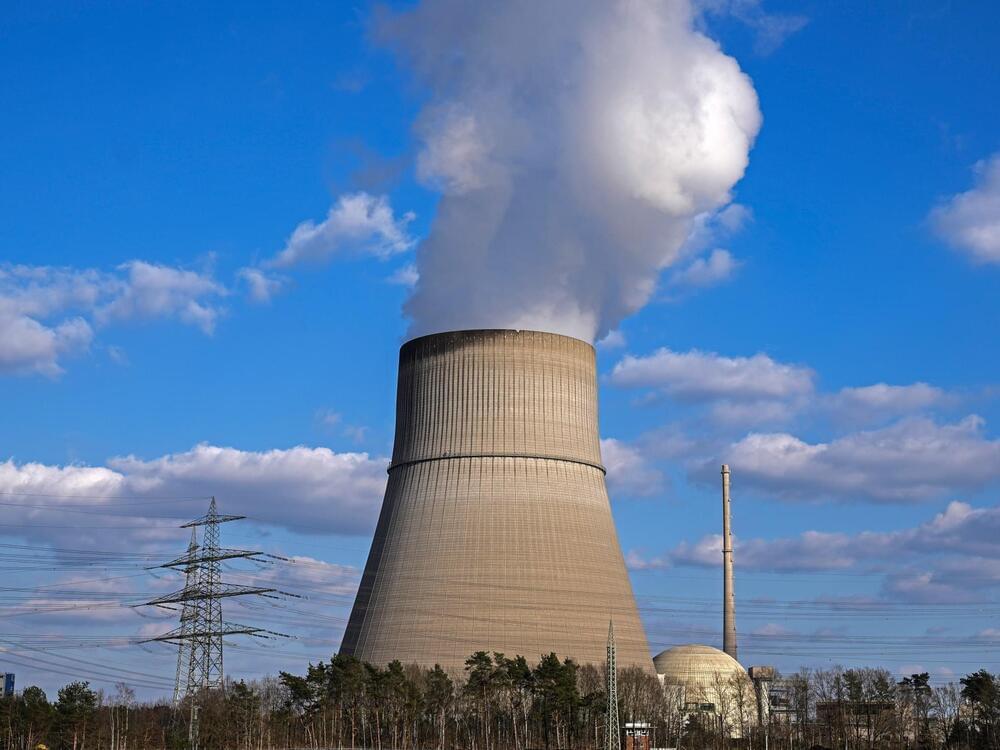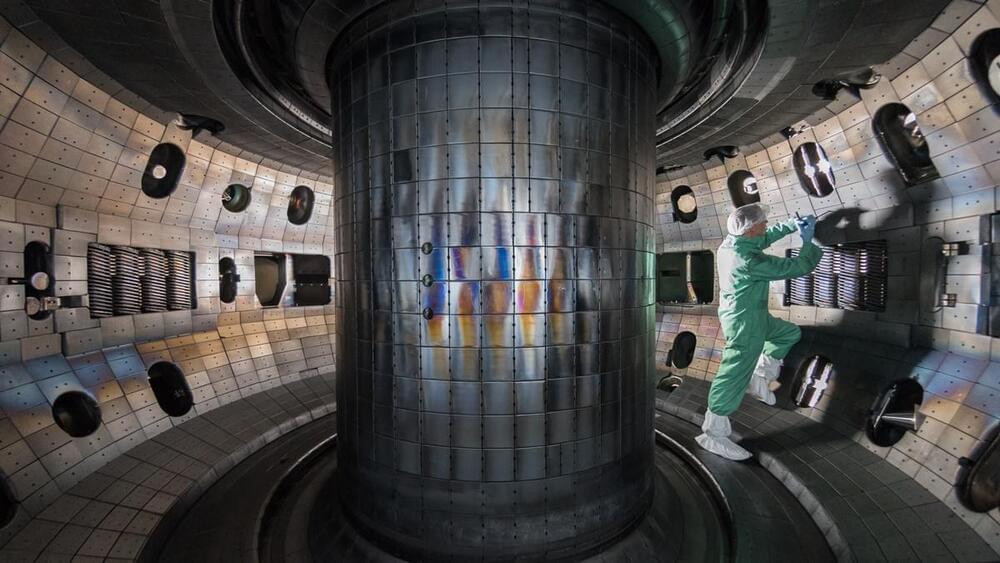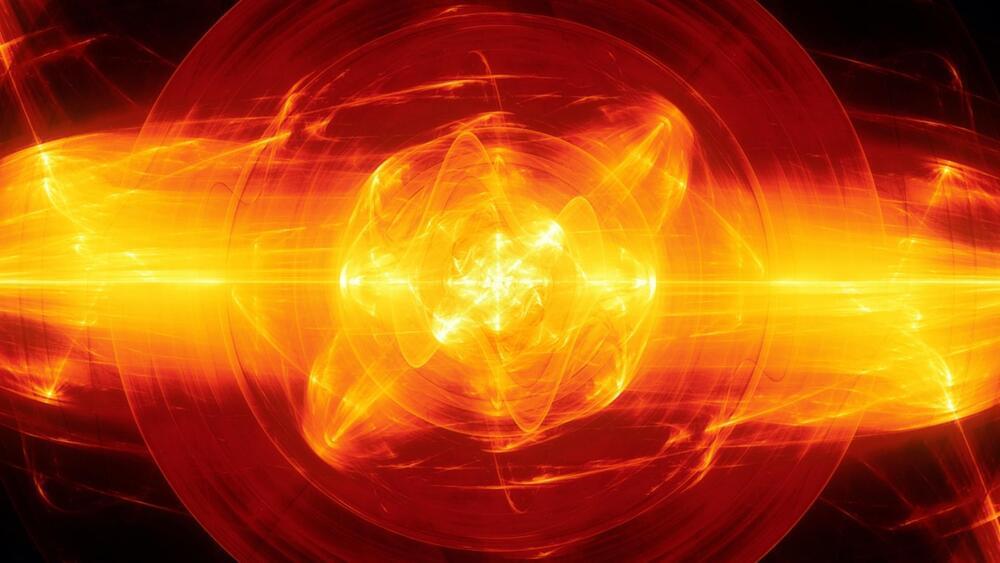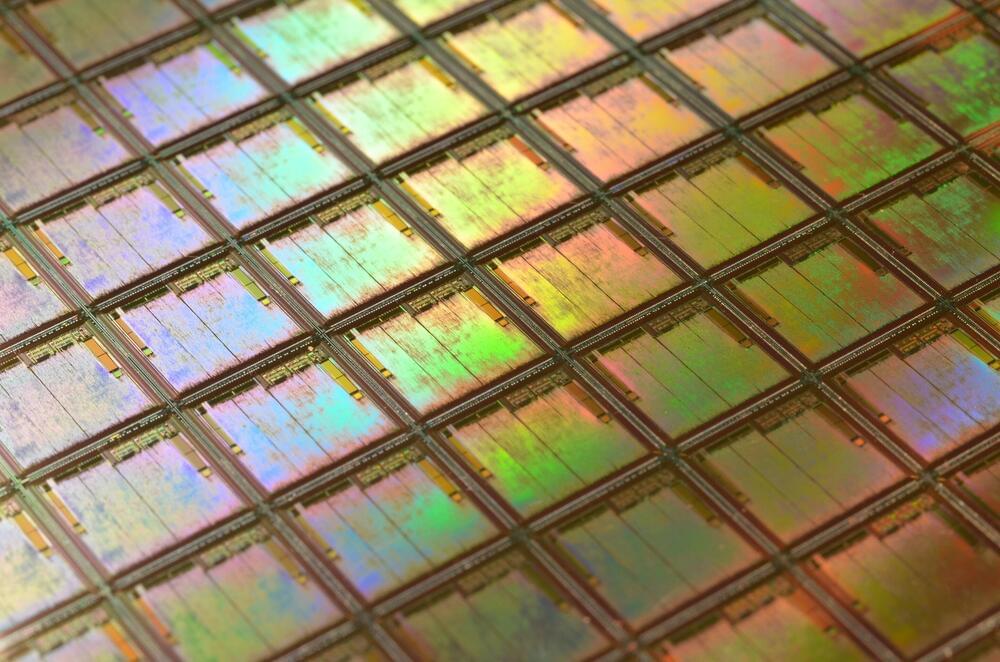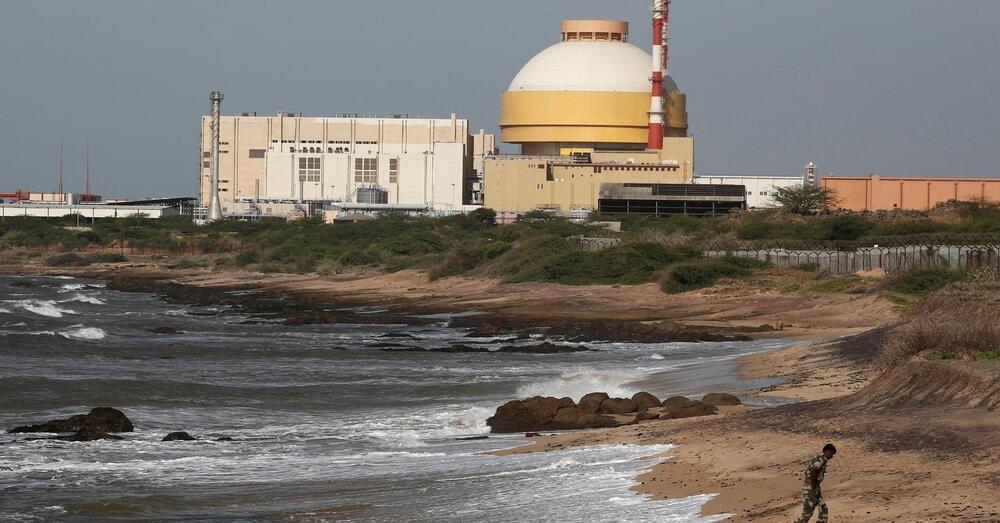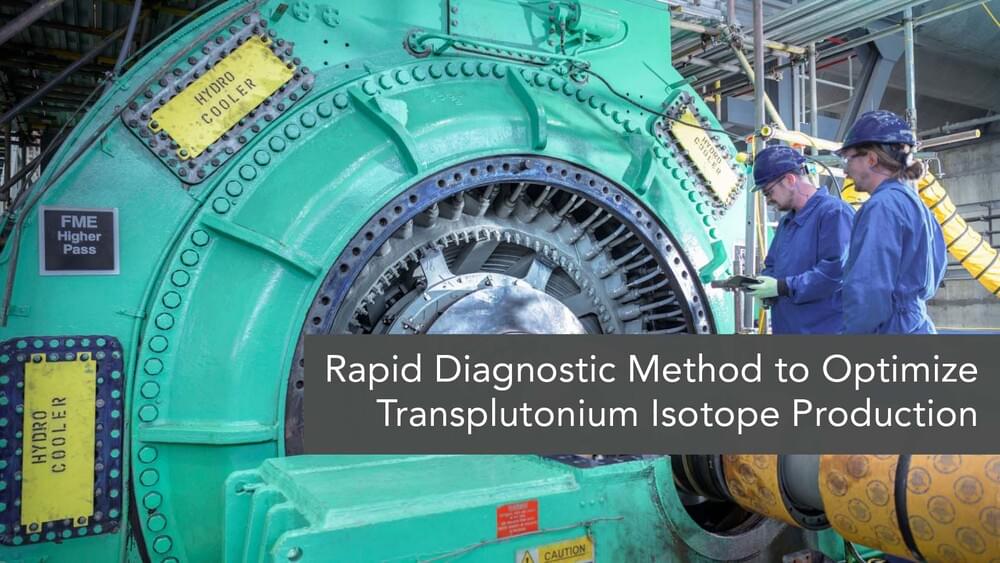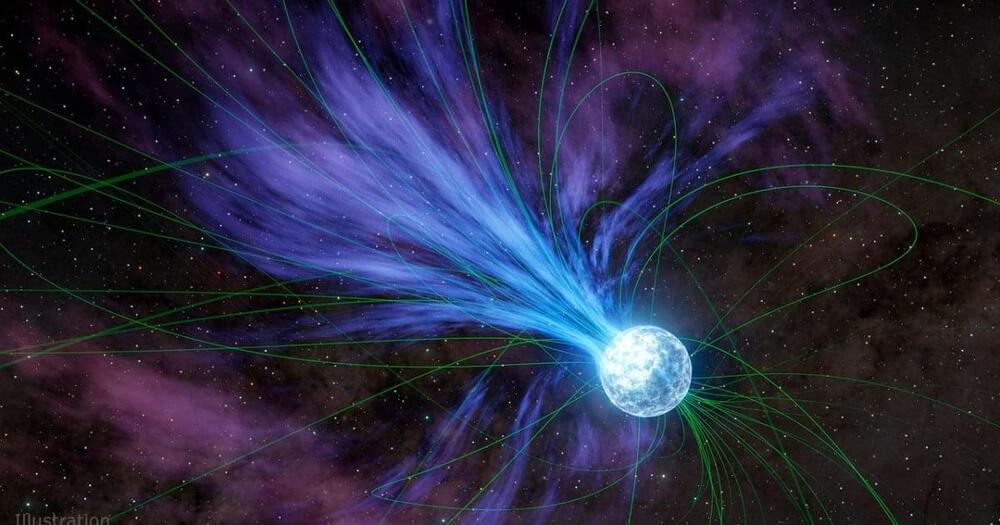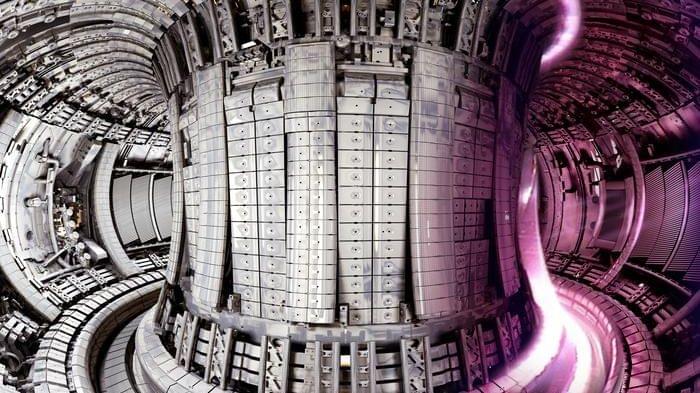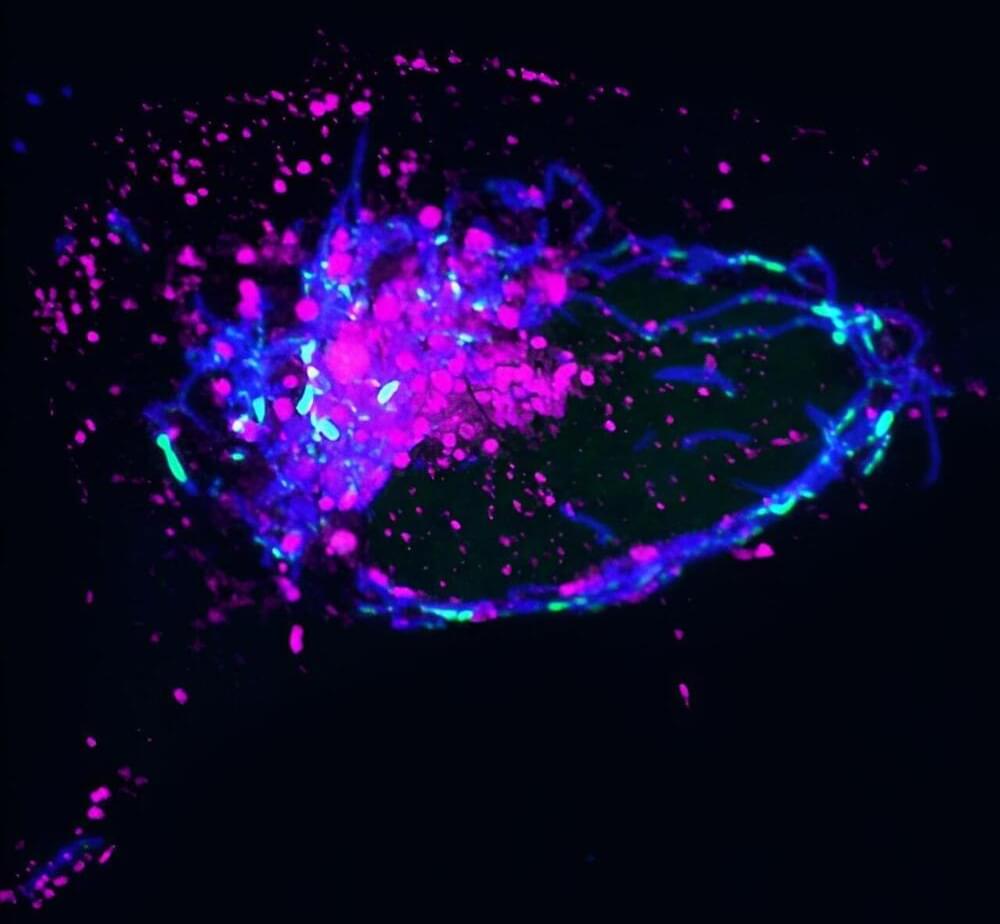Mar 1, 2024
Is nuclear power the key to space exploration?
Posted by Shubham Ghosh Roy in categories: climatology, nuclear energy, space travel, sustainability
The Voyager 1 was launched in 1977. Almost 50 years later, it’s still going and sending back information, penetrating ever deeper into space. It can do that because it’s powered by nuclear energy.
Long a controversial energy source, nuclear has been experiencing renewed interest on Earth to power our fight against climate change. But behind the scenes, nuclear has also been facing a renaissance in space.
In July, the US National Aeronautics and Space Administration (NASA) and Defense Advanced Research Projects Agency (DARPA) jointly announced that they plan to launch a nuclear-propelled spacecraft by 2025 or 2026. The European Space Agency (ESA) in turn is funding a range of studies on the use of nuclear engines for space exploration. And last year, NASA awarded a contract to Westinghouse to develop a concept for a nuclear reactor to power a future moon base.
